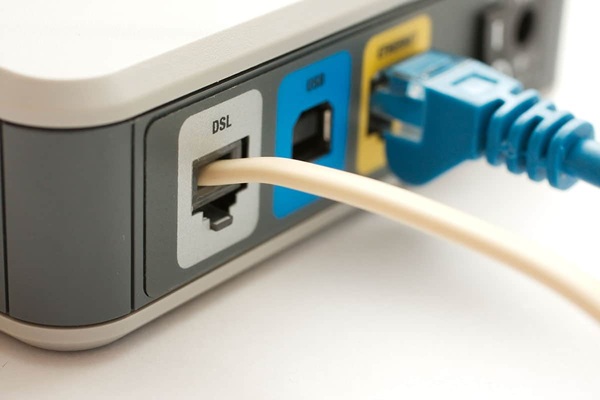The Shift from DSL to Fiber
The Federal Communications Commission (FCC) has been actively
promoting the transition from traditional copper-based networks, such as Digital
Subscriber Line (DSL), to more advanced technologies like fiber-optic systems.
This initiative aims to provide Americans with faster and more reliable internet
services.
DSL technology, which transmits data over copper telephone lines,
has been a staple of internet connectivity for decades. However, it has inherent
limitations in speed and reliability compared to modern alternatives.
Fiber-optic technology, on the other hand, uses light to transmit data through
glass fibers, offering significantly higher speeds and greater reliability. The
FCC recognizes these advantages and has been encouraging service providers to
upgrade their infrastructure accordingly.
FCC's Role in Technology Transitions
The FCC has implemented policies to facilitate the retirement of
outdated copper networks and promote the deployment of fiber-optic systems.
According to the FCC, these "tech transitions" involve switching network
infrastructure from copper wire to optical fiber and other advanced
technologies, aiming to deliver faster and more reliable internet services to
consumers.
Impact on Consumers
For consumers, this transition means access to higher-speed internet
services that can better support modern applications such as streaming, online
gaming, and telecommuting. However, the shift also raises concerns about service
availability and affordability, especially in rural and underserved areas. The
FCC has been working to address these issues by implementing policies to ensure
that consumers are informed and protected during the transition.
Challenges and Considerations
While the move to fiber is beneficial, it presents challenges,
particularly in rural areas where deploying new infrastructure can be costly and
logistically complex. Some service providers have been reluctant to invest in
fiber deployment in these regions, leaving certain communities without improved
services. For instance, AT&T has phased out DSL services without offering fiber
replacements in some areas, highlighting the digital divide that can result from
such transitions.
Additionally, there are concerns about the pace of this transition and the
potential for some consumers to be left behind. The FCC has been working to
balance the need for modernizing infrastructure with the necessity of ensuring
that all Americans have access to reliable communication services.
Looking Ahead
The FCC's push to replace DSL with fiber aligns with broader goals
of enhancing the nation's broadband infrastructure. While the transition
presents certain challenges, the long-term benefits of improved internet speeds
and reliability are expected to outweigh the initial hurdles. Consumers are
encouraged to stay informed about changes in their service options and to
communicate with their providers to understand how these transitions may affect
them.
As the landscape of internet connectivity evolves, the FCC continues to play a
crucial role in facilitating these technological advancements while striving to
ensure that no community is left without access to essential communication
services.
Sources: Federal Communications Commission, Cord Cutters News
Related Articles
This is a complete list of Internet related articles on this
website.
#0089 [INTERNET]
Understanding Wi-Fi Extender vs. Wireless Access Point
#0086 [INTERNET]
Wi-Fi Standards, Speeds, Frequencies & Coverage Ranges
#0057 [NEWS]
The End of DSL is At Hand
#0047 [NEWS]
Missing Google Reviews? - Check your website now!
#0045 [INTERNET]
Can't Reach A Specific Website? Try these solutions!
#0039 [INTERNET]
Using an Alternate DNS Server Can Speed Your Internet
#0038 [INTERNET]
Troubleshooting Internet Connectivity
#0037 [INTERNET]
Time Travel — Using the Wayback Machine
#0036 [INTERNET]
Internet Archive is the best place to find old media - UNFINISHED ARTICLE
#0032 [SECURITY]
How often should I replace my router?
#0018 [INTERNET]
Does A VPN hurt your Internet speed?



